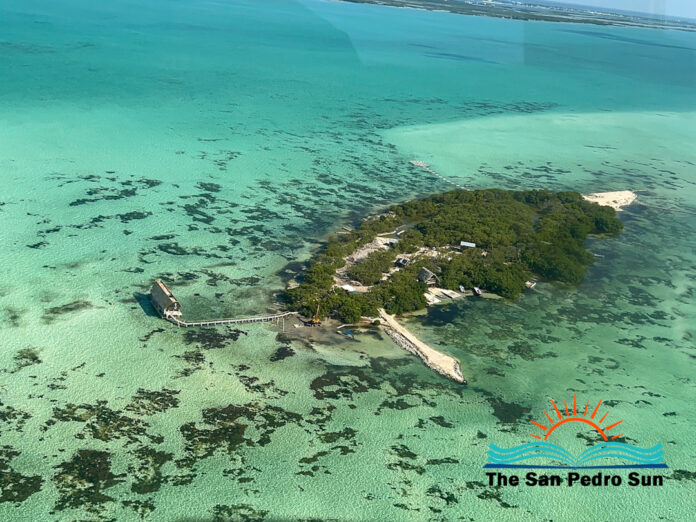The proposed Six Senses luxury resort at Cayo Rosario has generated both excitement and concern among residents, environmental groups, and the wider public. Questions have been raised about the project’s environmental impact, compliance with regulations, and the potential economic benefits for Ambergris Caye and Belize.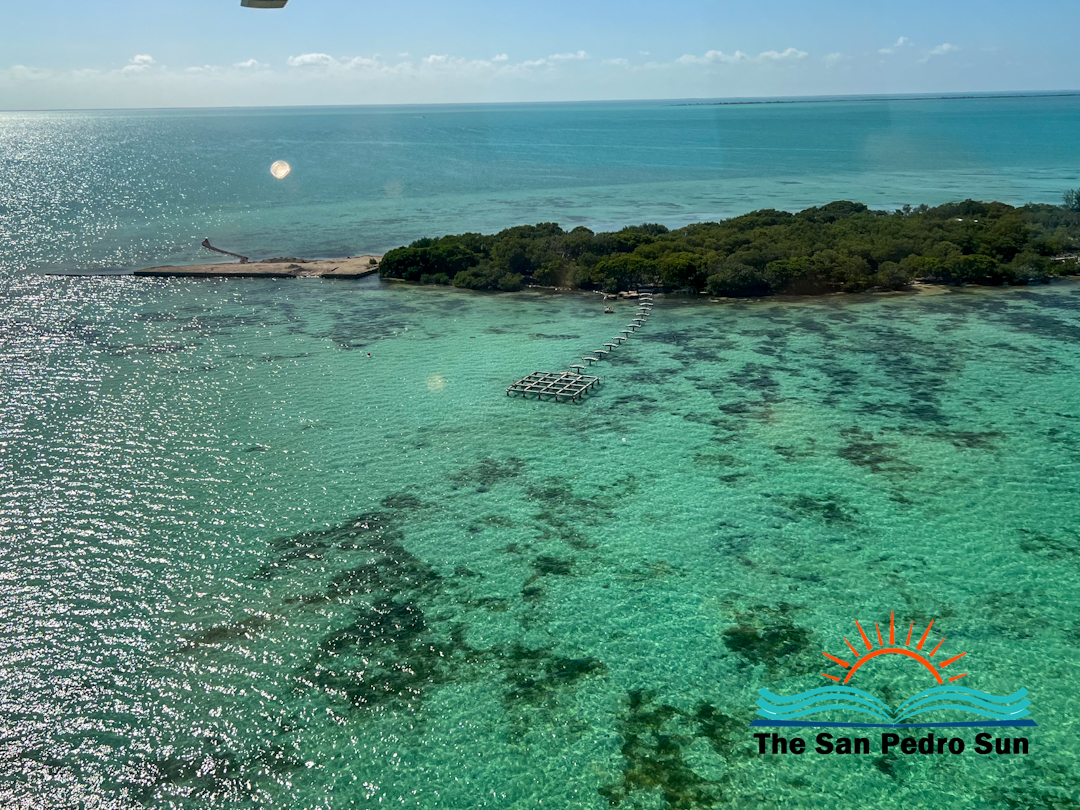
In response, investors Daniel Kalenov and John Turley, who represent an investment group of Canadian, American, and Belizean citizens, spoke with The San Pedro Sun to address local concerns and clarify what they describe as misinformation surrounding the development.
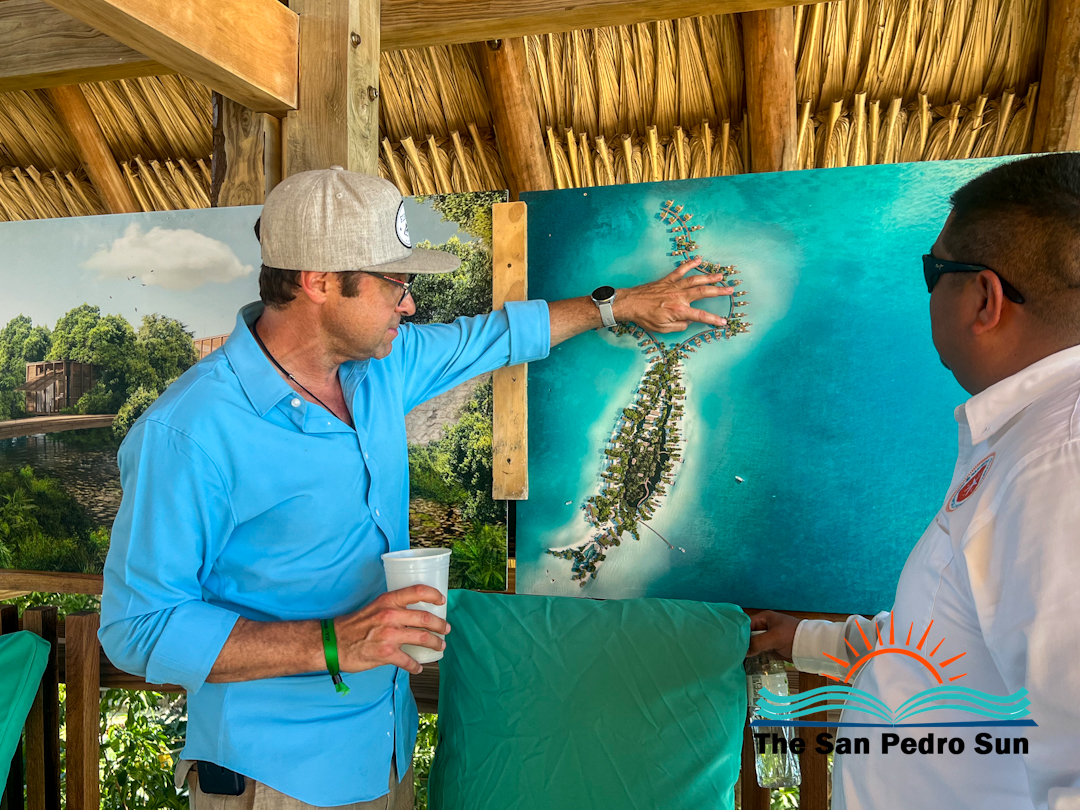
“This project is not about creating another high-density resort,” Kalenov said. “Six Senses Belize is designed as a low-density, eco-conscious destination. Our goal is to attract travellers who contribute more in tax revenue while placing less strain on Belize’s resources. The vision is for Six Senses Belize to become a global model of sustainable luxury tourism, showcasing how economic growth and environmental stewardship can go hand in hand.”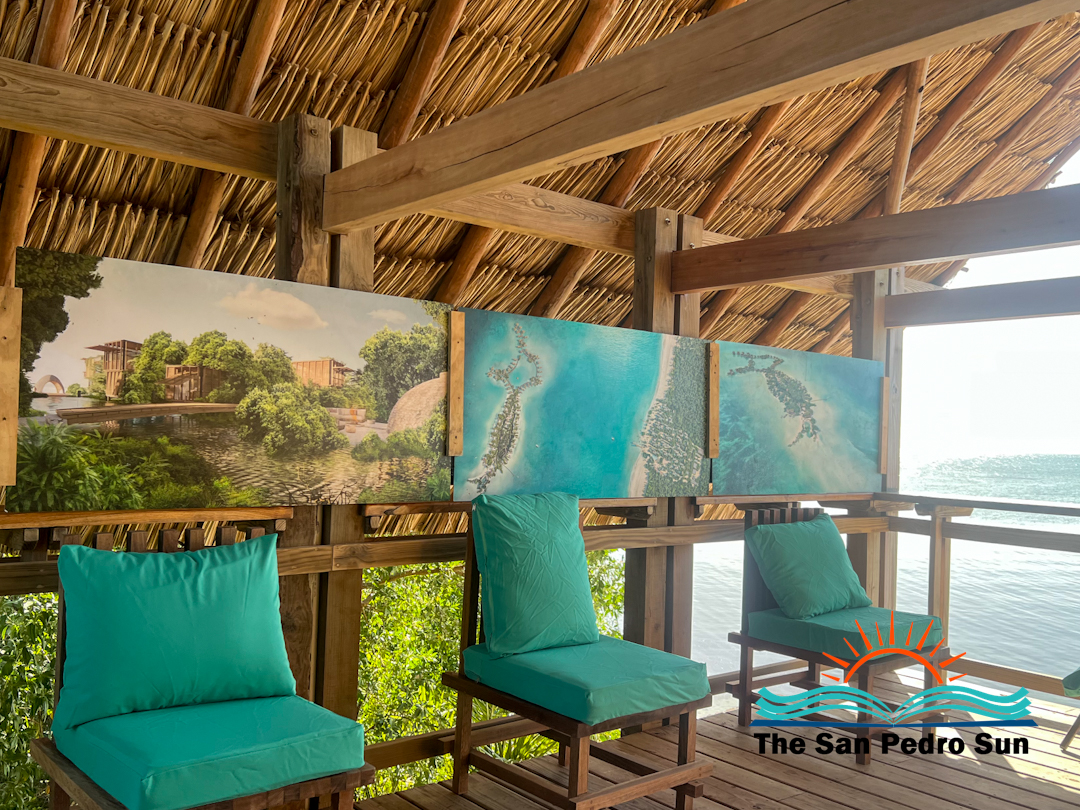
The 2025 Belize Investment Summit highlighted the nation’s growing appeal as a luxury destination. During the summit, Adam Stewart, the CEO of Sandals Resorts, praised projects such as Six Senses and Four Seasons, calling them “phenomenal brands that can make a material impact on Belize’s global brand recognition.”
Turley highlighted the brand’s reputation. “Six Senses has been named the world’s #1 luxury hotel brand three years in a row,” he said. “What sets Six Senses Belize apart is that it combines uncompromising luxury with the industry’s most advanced sustainability framework. That includes zero waste, eliminating single-use plastics, maximising renewable energy, and deep engagement with the local community and environment.”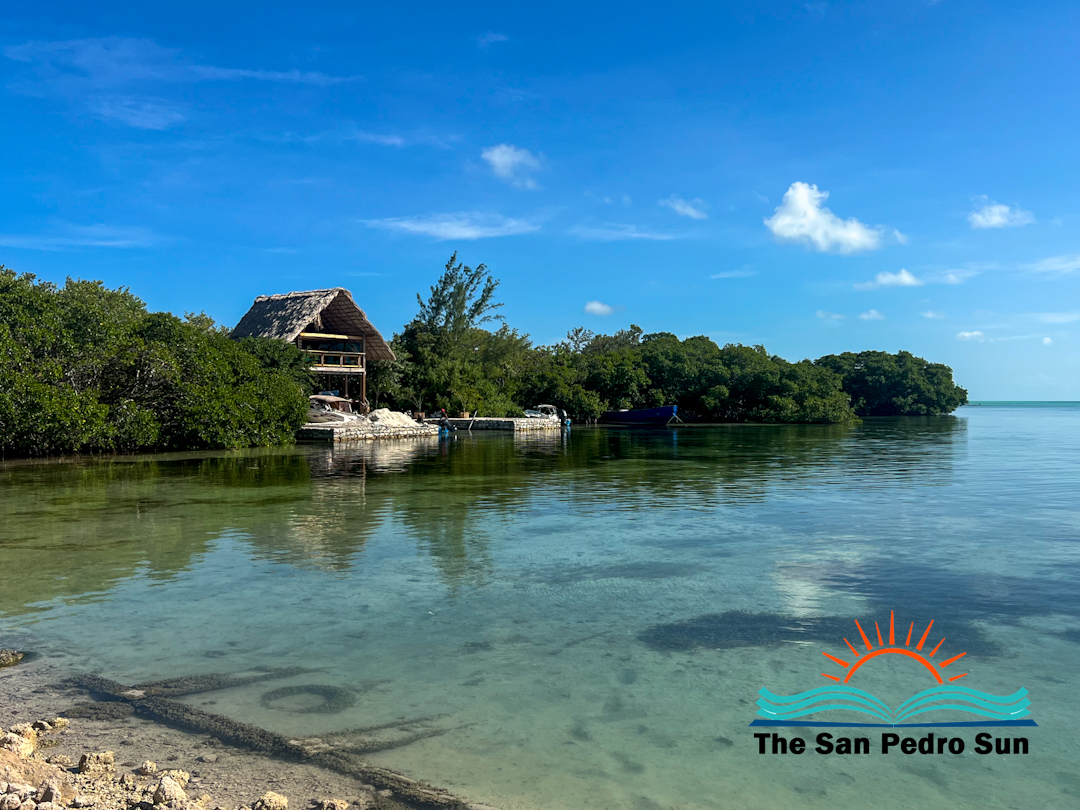
The investors said Cayo Rosario itself needs restoration. “Cayo Rosario was far from pristine when we began managing it,” Kalenov explained. “The island was eroding on all sides, with a degraded, brackish lagoon in the middle. Left alone, it would have continued to decline. Our plan is to restore seagrass, rehabilitate mangroves, and create healthy marine habitats. For those who’ve visited, they can see this happening in real time. This project is about protecting and regenerating the island while creating opportunities for the community and Belize’s tourism sector.”
Environmental concerns have centered on the Hol Chan Marine Reserve. Turley addressed this directly. “At the time of acquisition, Cayo Rosario was not part of a reserve. Hol Chan has since expanded 25-fold, and we fully respect its conservation mandate. Overwater structures, when carefully designed, can enhance marine ecosystems by providing shade and nutrients that attract species such as bonefish and permit. Protecting these species is not just good stewardship—it is essential to the resort’s success.”
When asked about criticism that a resort within a marine reserve is inappropriate, Kalenov acknowledged the concerns but stressed the need for action. “We understand and respect the opposition,” he said. “But the island was not in a reserve at acquisition and was in bad shape when we started. Our project will restore the ecosystem, generate substantial community benefits, and ensure the area is carefully managed in accordance with world-class sustainability standards. The upsides to the community far outweigh the downsides. Doing nothing is not a solution.”
Kalenov outlined steps to minimise the environmental footprint. “No dredging has ever occurred at Cayo Rosario,” he said. “All reclamation material is sourced from local quarries—significantly more expensive than dredging, but far more sustainable. Elevated boardwalks are designed to avoid clearing natural estuaries, and we are committed to renewable energy, advanced waste management, and conservation initiatives. In addition, 0.5 percent of revenue annually will go directly to a local Sustainability Fund to support environmental protection.”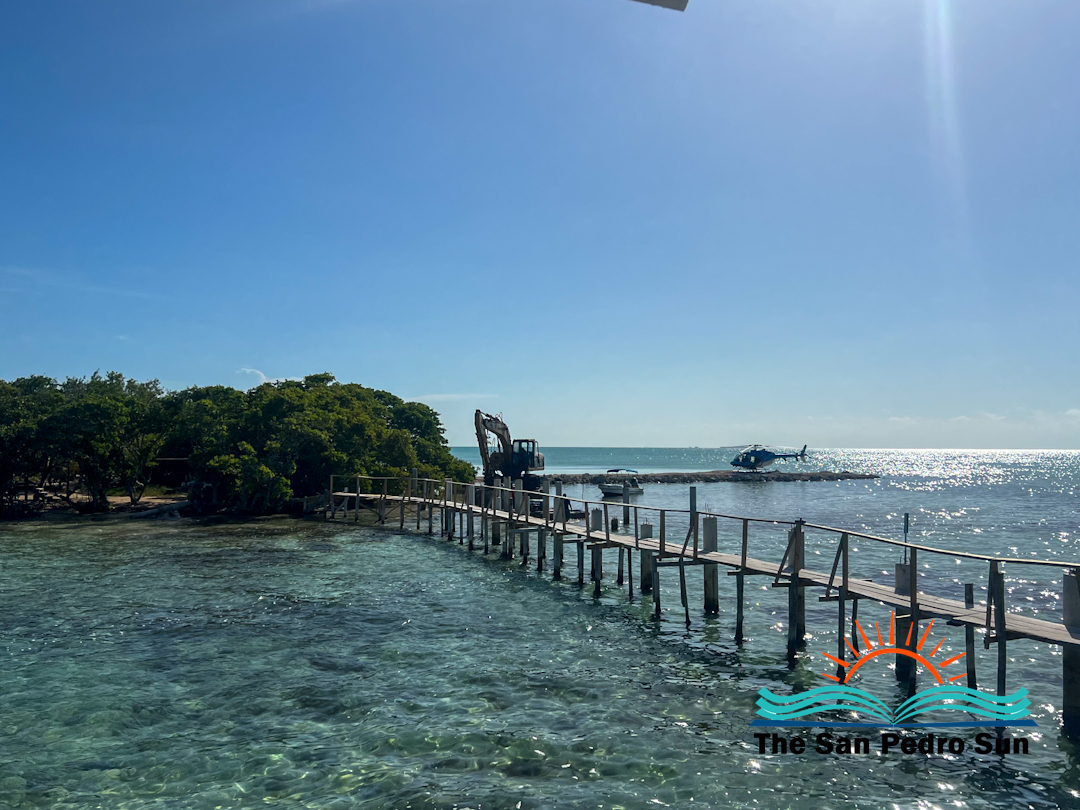
The developers emphasised that all regulatory requirements have been met. “Even though the rules have been confusing at times, we’ve done our best to follow the letter of the law,” Kalenov said. “Our Environmental Impact Assessment and Environmental Compliance Plan were publicly consulted and approved. Additional revisions and concessions were made in consultation with the Department of the Environment and Hol Chan to ensure full compliance. We have worked hand in hand with DOE, Fisheries, and Hol Chan for years, making major concessions in direct response to their feedback. Transparency is central to this project.”
Six Senses Cayo Rosario is also expected to deliver substantial economic benefits. “The project represents over US $100 million in foreign investment over the next three years,” Turley said. “In the first five years, it is projected to generate nearly BZ $43 million in tax revenue. For every guest at Cayo Rosario, it would take six to eight guests at typical hotels to generate the same tax benefit. That is more revenue for Belize with less pressure on local power, water, and sanitation infrastructure.”
Employment and community initiatives are also central to the plan. “We anticipate 600 to 750 jobs during construction and approximately 300 permanent positions once open,” Kalenov said. “Local hiring is our priority, and we are already one of the largest employers on Ambergris Caye. Beyond jobs, the resort will directly support the community through infrastructure improvements, partnerships with fishing and tour guides.”
Turley pointed to opportunities for tourism and small businesses. “By year four, we expect over 1,500 fly fishing tours and 3,000 mainland tours annually. Guests will experience Belize in ways that connect them directly to the local economy, including workshops with artisans and eco-tours that benefit conservation efforts. Our goal is to bring respectful, high-value tourism to San Pedro while protecting the natural environment.”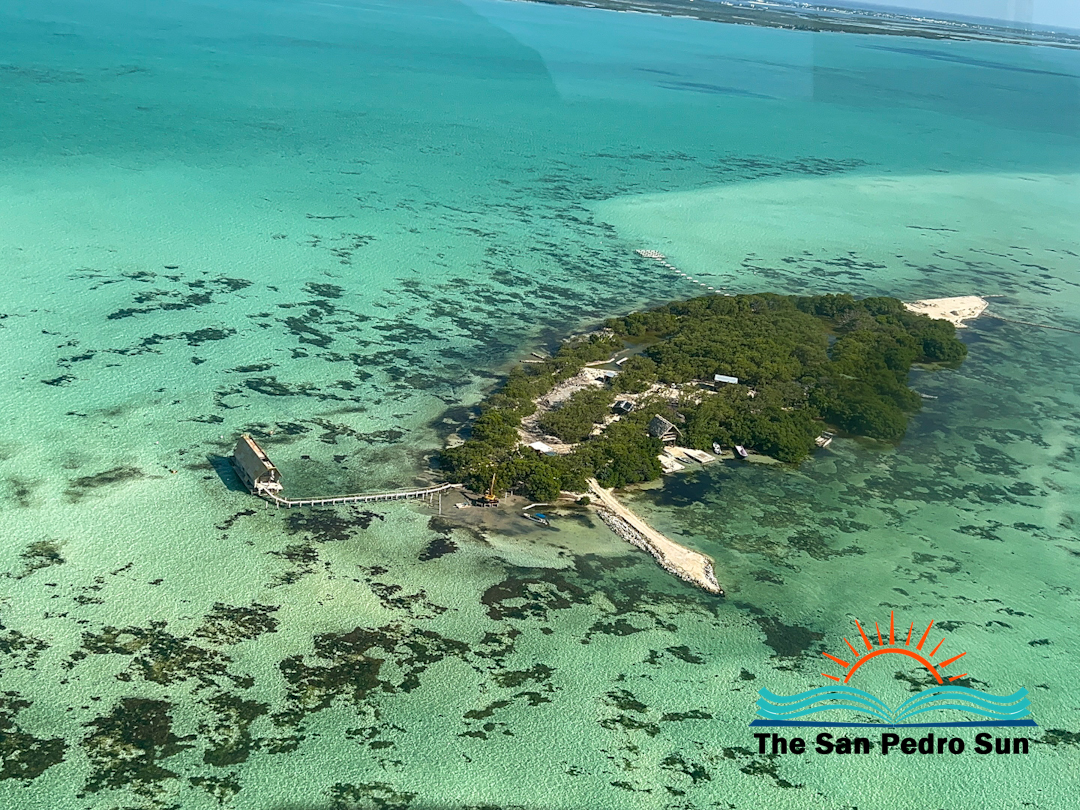
Turley added, “We will provide regular updates on environmental monitoring and construction progress, maintain open dialogue with stakeholders, and ensure reporting is accessible. Belize can lead the world in demonstrating how eco-tourism and accountability can work together.”
Looking ahead, Kalenov said, “In ten years, we see Six Senses Belize as a global model: restored habitats, thriving marine species, hundreds of Belizeans employed, tens of millions in tax revenue generated, and a case study showing how Belize can set the global standard for balancing economic growth with environmental stewardship.”

